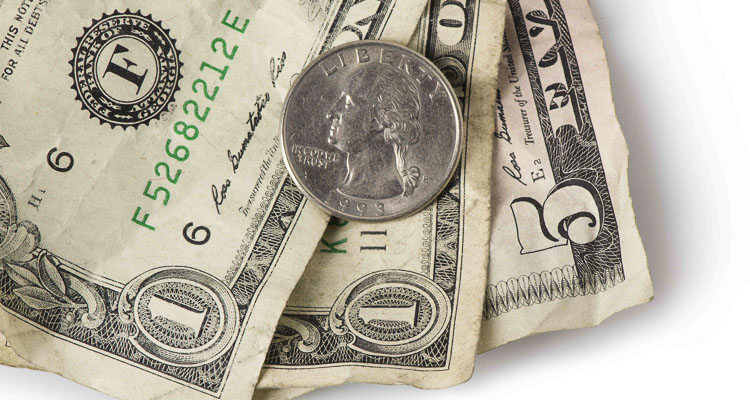
Mark Harmsworth of the Washington Policy Center shares a recent study on the impact, or lack thereof, of the increased minimum wage
Mark Harmsworth
Washington Policy Center
A recent study by the University of Washington has shown that Seattle’s $15 minimum wage “did little to offset widening inequality.” This conclusion matches the research done across the United States and work that the Washington Policy Center has done over the last decade on the effect of artificially high, government set, minimum wage policies.

Increasing the minimum wage, through government regulation, destroys jobs, reduces available work hours and causes inflation. Businesses will often relocate away from areas that have high minimum wages creating longer commutes for workers that chose to stay with the employer or elimination of the jobs completely.
Nowhere is the harm imposed by a high minimum wage demonstrated more clearly than in Seattle, where the city council has aggressively increased the minimum wage over the last few years. The rash of restaurant closures and lost jobs can be attributed, in many cases, directly to the additional fiscal cost the minimum wage increases have caused.
Seattle residents saw store closures and jobs eliminated when the Seattle City Council voted to add an additional $4 per hour during a state of emergency. The City of Bellingham had a similar initiative rejected recently when the voters voted against a labor funded initiative to add a $4 hazard pay to Bellingham workers.
This is continuing the pattern of increasing taxes on local businesses by the Seattle City Council that is putting Seattle at a disadvantage with its neighboring cities. It follows up on the minimum wage hike and tax increases on Uber and Lyft that have negatively impacted businesses and consumers. In what many consider to be a predictable outcome, the minimum wage law that the Seattle City Council passed in September 2020, forced Uber and Lyft to raise prices on riders.
The Seattle Metro Chamber, states on its website that more than 210 stores and businesses have permanently closed in Seattle since the start of the pandemic, along with the loss of tens of thousands of jobs. City budget projections warned that increases to payroll would “add to business costs, possibly slow down the employment recovery, and make Seattle less attractive relative to other cities in the region.”
The obvious result of a high minimum wage is the pressure it puts on small business owners trying to make payroll. For many service industries such as restaurants, retail or hospitality, profit margins can be as low as 3%. Increasing minimum wage mandates wipe out that profit and can put a business into negative fiscal territory. Business owners are often forced to cut their operational costs. In other words, they are forced to lay off workers or reduce their hours.
As the Washington University study concludes, “local minimum wage laws are not likely to substantially reduce earnings inequality”, it is obvious that government controls on wages, such as minimum wage and hazard pay have no long-term effects on workers overall income. The results of a high artificial minimum wage are exactly the opposite of the proponents desired result. High minimum wages reduce income and destroy jobs for those lower wage earners.
Mark Harmsworth is the director of the Small Business Center at the Washington Policy Center.




